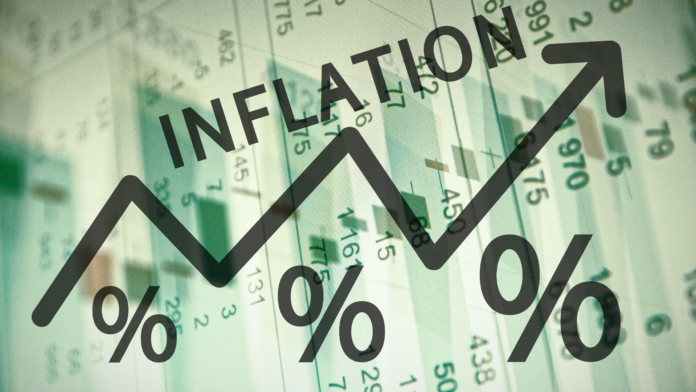In February, the Consumer Price Index (CPI) grew grew 0.4% month-over-month and 3.2% annually.
The Bureau of Labor Statistics of the Department of Labor reported that the core CPI, which does not include food and energy prices, rose 0.4% in February and 3.8% compared to the same month last year.
Although inflation has been falling since peaking in mid-2022, it remains well above the Fed’s target of 2% per year.
This raises questions among investors and market participants about whether the Federal Reserve, led by Jerome Powell, will cut interest rates in the coming months.
Likewise, Federal Reserve officials have said they will cut rates “at some point” this year, but there is a fear of cutting them too quickly and soon while prices continue to rise. Markets are speculating that the rate cut might come in June or July.
While February’s inflation data alone is unlikely to indicate the direction of monetary policy, it could delay bets on a cut at the April 30 and May 1 meetings. By then, only one more inflation figure will be known, specifically the one for March. Consequently, much of the market believes it is necessary to wait until June 12. That’s when both the April and May figures, each released subsequently, will have been disclosed. At that time, the central bank will be able to determine if it is confident that the risk of a resurgence of inflation is sufficiently under control to reduce the price of money for the first time since the start of the pandemic in March 2020.
Why is US inflation still high?
Energy costs rose 2.3% in February, impacting headline inflation figures. Food prices rose 0.4%.
In addition, gasoline rose 3.8%, property rents 0.4%, used vehicles 0.5%, and airline tickets 3.6%.
How did the US dollar react to this data?
The US dollar (USD) is trading broadly higher on Tuesday after the release of higher-than-expected monthly Consumer Price Index data. It is clear that markets are not happy with this, as they are looking for a faster disinflation path. This means that May is out of the question for the timing of rate cuts, and the focus will be on June and July.
The increase in the CPI caused a slight weakness in the USD, and markets reduced their bets on a rapid rate cut expected for June.
The Dollar Index (DXY) tried to recover lost ground on Monday, but still has a long way to go to reach the levels of a couple of weeks ago.
What’s next?
Apart from the upcoming release of the producer price index, this will be the last major inflation report the Fed will see until its meeting next week. Analysts expect Fed leaders to leave interest rates unchanged for the fifth consecutive time, so economists will be trying to figure out when the central bank will start cutting borrowing costs.



